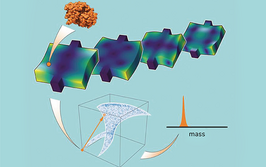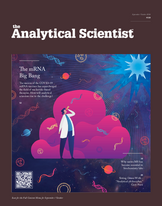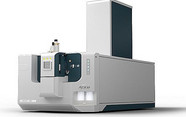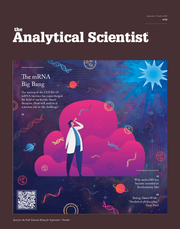Chiral LC-MS/MS of D- and L-2-Hydroxyglutaric Acid Biomarkers

contributed by Supelco |
Introduction
For example, the TCA cycle of a cancer cell showing the buildup of 2-OHG is depicted in Figure 1. The chiral differentiation and quantification of D-2-OHG and L-2-OHG is key for characterizing neurometabolic disorders like the 2-hydroxyglutaric acidurias that cause neurological impairment early in life.1 In patients with brain tumors, mutations in the enzyme cytosolic isocitrate dehydrogenase 1 (IDH1) are found in approximately 80% of grade II-III gliomas and secondary glioblastomas. The demonstration that cancer-associated IDH1 mutations result in a new ability of the enzyme to catalyze the NADPH-dependent reduction of α-ketoglutarate (2-ketoglutarate) to the oncometabolite D-2-OHG represents a milestone event in cancer biology (see Figure 2).2 Cancer-associated IDH mutations in IDH1 and IDH2 across glioma as well as several hematologic malignancies have become of prognostic interest and for biomarkers and therapeutic opportunities.3
Log in or register to read this article in full and gain access to The Analytical Scientist’s entire content archive. It’s FREE!

















